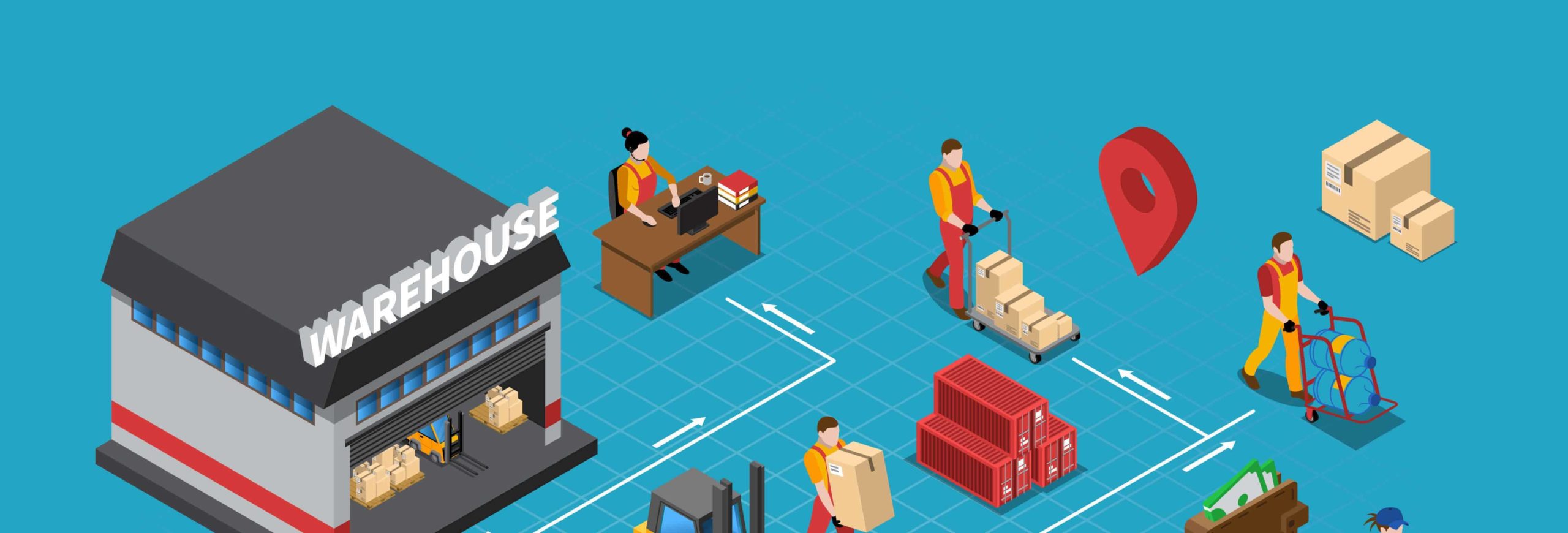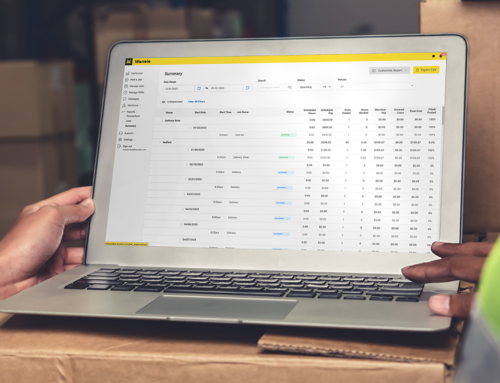Wonolo
Last fall, the Bureau of Labor statistics reported the U.S. unemployment rate had dropped to 3.7%, the lowest it had ever been. However, the BLS unemployment rate isn’t representative of the actual number of people searching for work in the US economy because it doesn’t account for many underemployed workers. These workers have a job but still need extra work to make ends meet; they make up a huge part of the workforce (almost 12.6% according to Gallup).
This is something we see firsthand every day. Many of our Wonoloers come to the platform because they are underemployed, like. Noy S.. Before signing up for Wonolo, Noy was an entrepreneur struggling to get by on the money he was earning from his own business. He turned to Wonolo to begin picking up extra shifts, and doing so has allowed him to make ends meet while also gaining new skills he can apply to future work.
As the on-demand staffing site connecting thousands of underemployed people with temporary work, Wonolo offers more than 300,000 registered users the opportunity to make extra money. My team and I realized we have a unique vantage point to understand what life is like for this overlooked group of Americans.
Although blue-collar jobs play a huge role in the gig economy, most Americans know relatively little about the people that pack online purchases into boxes in a warehouse, or deliver groceries to their door.
We decided to take a closer look at all the gigs completed through our platform in 2018, to understand more about Noy and his fellow Wonoloers. Our goal is to quantify the State of the Hustle for gig workers, and provide new insights into the blue-collar gig economy. Here’s what we learned:
The gig economy has almost entirely erased the blue-collar gender pay gap
While recent AAUW research shows that women in general are earning 80% of what men make, our data presented an exciting new trend: apps like Wonolo are eliminating gender bias in the gig economy. Across Wonolo’s platform, the pay gap is only 2%; meaning women are earning 98% of what men do. This small 2% wage gap is simply a result of factors like the worker’s preference for certain industries or previous job performance. We believe all our workers are equally qualified to complete any job, so we cut gender bias out of the process completely. Any Wonoloer can sign up for any gig, leaving no room for the job poster to make a judgment based on gender or other factors.
In winter, temperatures cool but the gig economy heats up:
Before the holidays, many industries experience an enormous surge in demand. To prepare for the season of shopping, retailers increase their stock in October/November. This boosts the workload for shipping and logistics companies as well as warehouses. Often, businesses in these industries need to secure additional talent to handle the extra work. It’s unsurprising, then, that the highest number of gigs are available from September to December.
One of our Requestors, Tipsy Elves (a holiday-themed apparel company), saw this firsthand: the company experienced a 10x spike in orders around the holidays, and they needed all the extra help they could get — and they needed to obtain more workers rapidly and efficiently. Tipsy Elves used Wonolo to help keep up with the surge in demand for Christmas sweaters and other holiday-themed products. Within an hour of posting their first jobs, all positions had been filled.
The most popular temporary work is in the warehouse industry:
In 2018, some of our most popular (and well-paid) gigs happened in the warehouse. On average, Wonoloers gave warehouse gigs 4.84/5 stars, making them the highest-rated shifts on the platform. Wonoloer warehouse workers also earned an average of $13.46 per hour in this sector, which was 7.2% higher than the average wage for a national warehouse worker.
Across the country, gig workers have a lot in common: The average gig worker is in his or her early 30s. In addition, nearly equal numbers of women and men participate in the gig economy. Delivery jobs are some of our highest paid nationwide, while customer service, warehousing, and merchandising are some of the most highly rated categories.
Our data report shows the immense potential the gig economy has to help people that want more work. Moreover, we know that blue-collar gig workers are a vital part of the workforce; they are the shelf-stockers, grocery deliverers, and package-packers that make our economy run. We are thrilled to see Wonolo is paving the road towards pay equality, while empowering people with flexible gigs they can fit into their own schedules.






